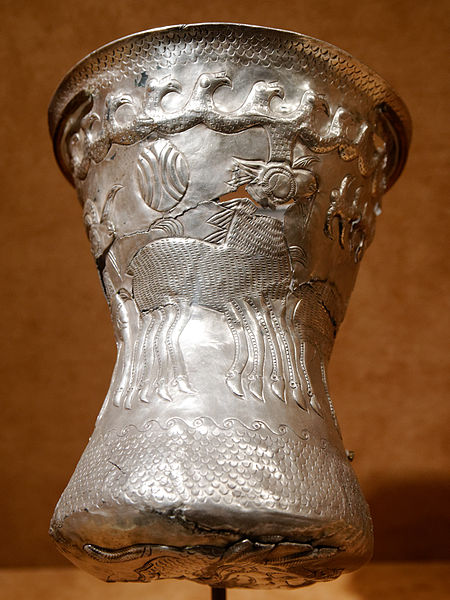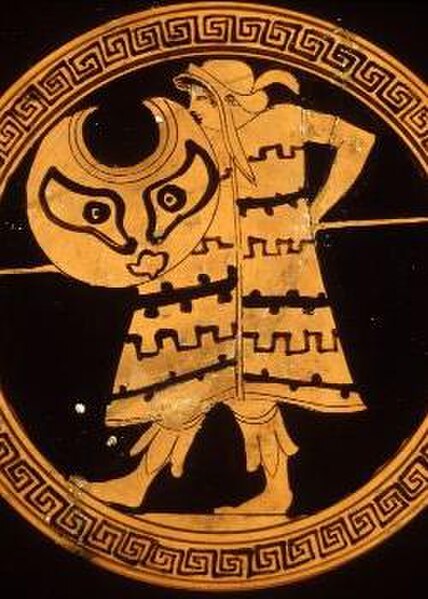The Getae or Gets were a Thracian-related tribe that once inhabited the regions to either side of the Lower Danube, in what is today northern Bulgaria and southern Romania. Although it is believed that the Getae were related to their westward neighbours, the Dacians, several scholars, especially in the Romanian historiography, posit that the Getae and the Dacians were the same people.
The Thracian Tomb of Sveshtari, 3rd century BC
Beaker with birds and animals, Thraco-Getic, 4th century BC, silver, height: 18.7 cm (7.4 in), Metropolitan Museum of Art
Onomastic range of the Dacian, Getae, and Moesian towns with the dava or deva ending, covering Dacia, Moesia, Thrace, and Dalmatia, and showcasing linguistic continuity
Eastern Europe in 200 BC showing the Getae north of the Danube river
The Thracians were an Indo-European speaking people who inhabited large parts of Southeast Europe in ancient history. Thracians resided mainly in Southeast Europe in modern-day Bulgaria, Romania and northern Greece, but also in north-western Anatolia in Turkey.
Bronze head of Seuthes III from his tomb
Thracian armor from the Odrysian kingdom 4th entury BC
Ares the god of war and courage. He is one of the Twelve Olympians, and the son of Zeus and Hera.
Illustration of 5th–4th century BC Thracian peltast








